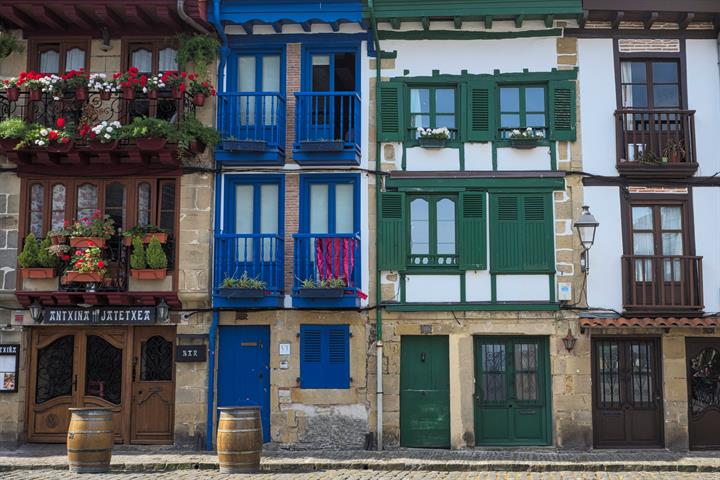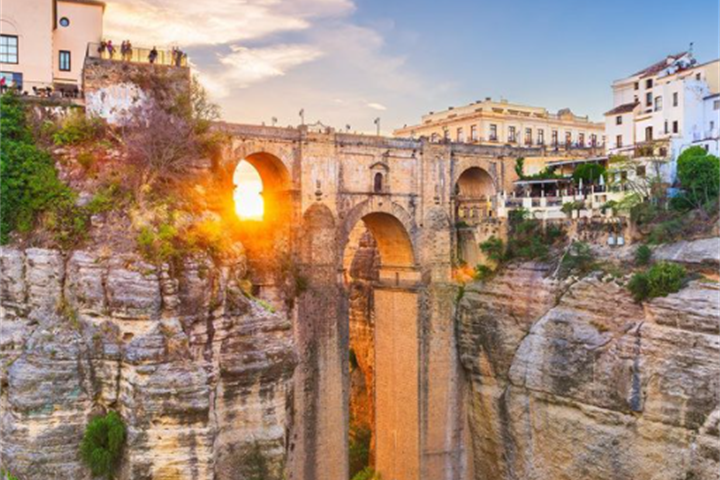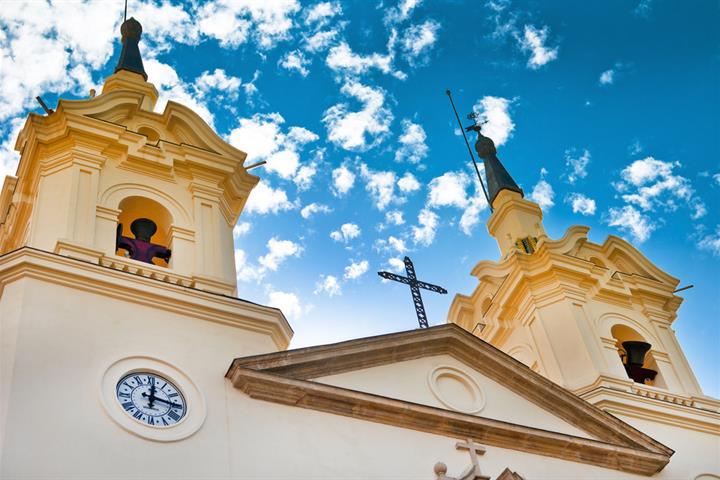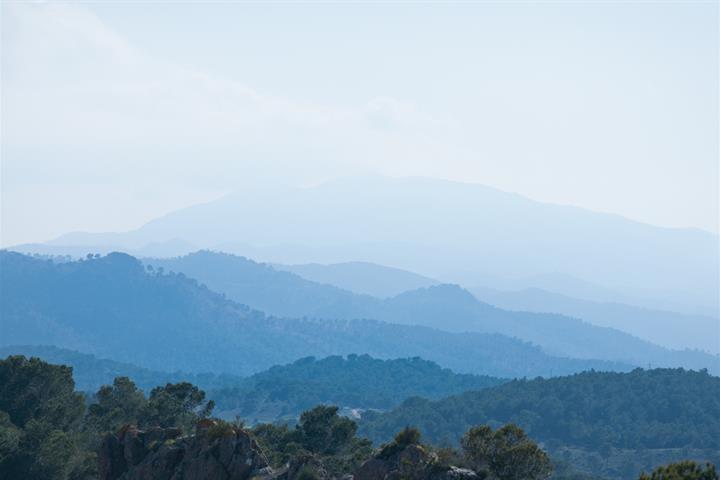Los Alcázares travel information and video
Holiday information, facts, photos and video about Los Alcázares
Featured holiday homes in Mar Menor
Things to do while you are here
Reviews for Los Alcázares
Average overall ratings - Based on 72 reviews.
City
Coast
| City: | |
| Coast: |
Submitted by: Jolien Vandewinkel
22. Aug 2021
This review is in English
This review is in English
Report abuse
You found this abusive
| City: | |
| Coast: |
Submitted by: Coral
3. Jan 2020
This review is in English
This review is in English
Report abuse
You found this abusive
| City: | |
| Coast: |
Submitted by: Di
3. Jan 2020
This review is in English
This review is in English
Report abuse
You found this abusive
| City: | |
| Coast: |
Submitted by: Ann proctor
7. Nov 2019
This review is in English
This review is in English
Report abuse
You found this abusive
| City: | |
| Coast: |
Submitted by: Graham Rox
25. Sep 2019
This review is in English
This review is in English
Report abuse
You found this abusive
| City: | |
| Coast: |
Submitted by: Lindsay Deswert
5. Aug 2019
This review is in English
This review is in English
Report abuse
You found this abusive
| City: | |
| Coast: |
Submitted by: Angela Franklin
20. Jul 2019
This review is in English
This review is in English
Report abuse
You found this abusive
| City: | |
| Coast: |
Submitted by: Eric navarro
6. Jun 2019
This review is in English
This review is in English
Report abuse
You found this abusive
| City: | |
| Coast: |
Submitted by: steven dunstan
18. May 2019
This review is in English
This review is in English
Report abuse
You found this abusive
| City: | |
| Coast: |
Submitted by: Helen Davies
19. Apr 2019
This review is in English
This review is in English
Report abuse
You found this abusive
| City: | |
| Coast: |
Submitted by: Mr Eric Navarro
13. Apr 2019
This review is in English
This review is in English
Report abuse
You found this abusive
| City: | |
| Coast: |
Submitted by: Julie Emmanuel
6. Nov 2018
This review is in English
This review is in English
Report abuse
You found this abusive
| City: | |
| Coast: |
Submitted by: Andrew Bastow
27. Oct 2018
This review is in English
This review is in English
Report abuse
You found this abusive
| City: | |
| Coast: |
Submitted by: margaret stephenson
25. Oct 2018
This review is in English
This review is in English
Report abuse
You found this abusive
| City: | |
| Coast: |
Submitted by: Denise Chandler
14. Oct 2018
This review is in English
This review is in English
Report abuse
You found this abusive
| City: | |
| Coast: |
Submitted by: Jocelyn McEnery
18. Sep 2018
This review is in English
This review is in English
Report abuse
You found this abusive
| City: | |
| Coast: |
Submitted by: Carole Henderson
12. Aug 2018
This review is in English
This review is in English
Report abuse
You found this abusive
| City: | |
| Coast: |
Submitted by: Aideen Lawlor
5. Aug 2018
This review is in English
This review is in English
Report abuse
You found this abusive
| City: | |
| Coast: |
Submitted by: Anne-Marie Plant
20. Jul 2018
This review is in English
This review is in English
Report abuse
You found this abusive
| City: | |
| Coast: |
Submitted by: Deborah Davies
23. Jun 2018
This review is in English
This review is in English
Report abuse
You found this abusive







